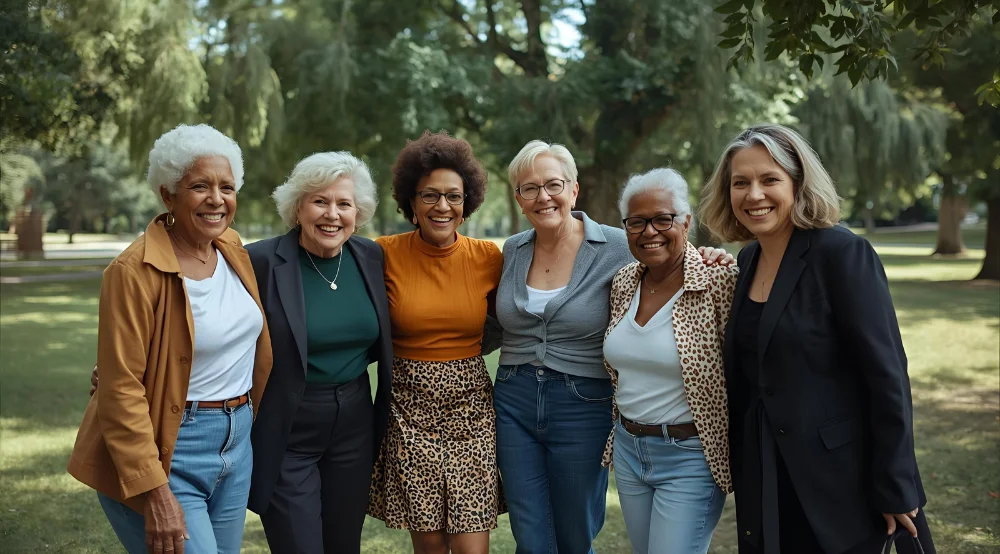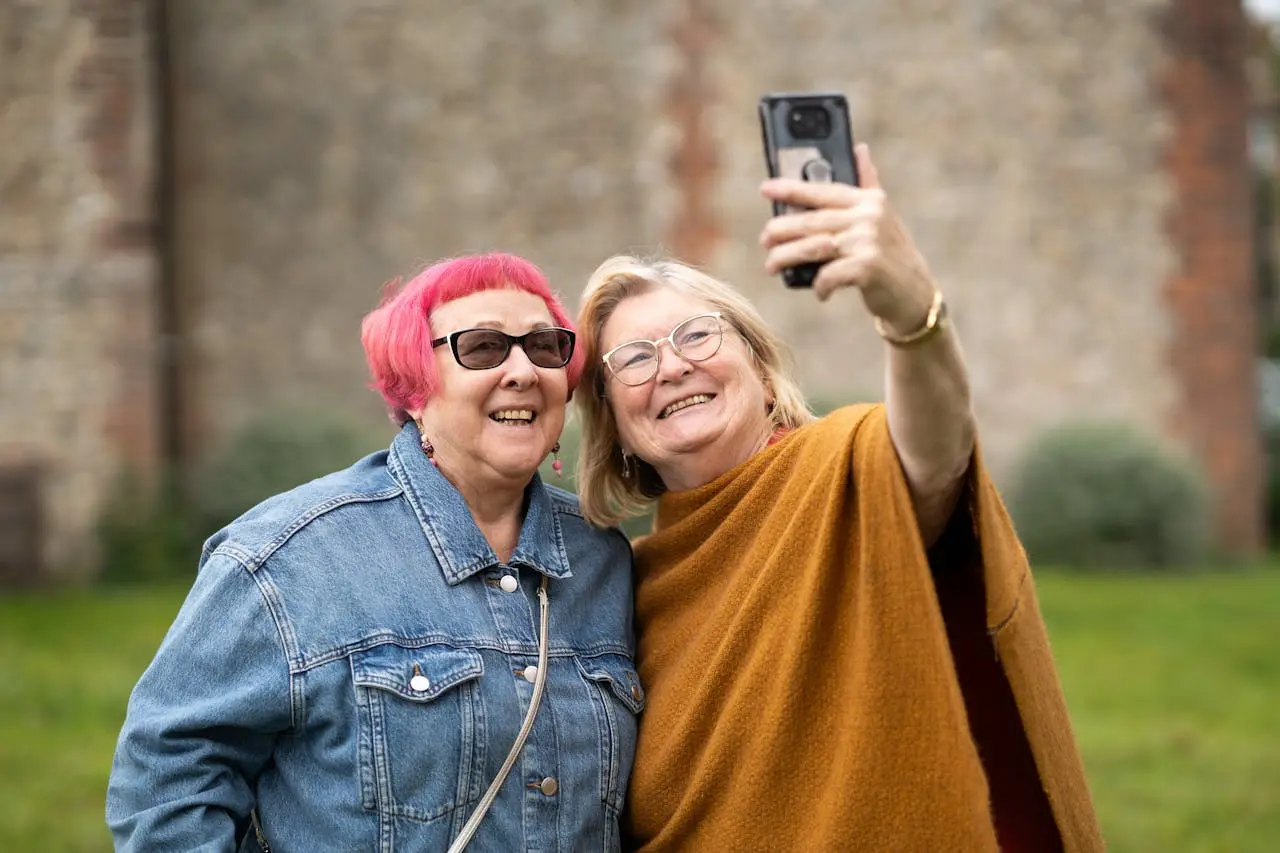When you feel flat, tired, or disconnected, advice can sound exhausting. You don’t need another list. You need one small action that starts to shift your state - something that tells your brain, we are still here, still moving.
That’s how zest begins: not through motivation or grand gestures, but through one mindful act of participation.
The smallest possible movement can restart the loop of aliveness.
The Power of Immediate Action
When you take a small action - even something as simple as sitting up straighter or stepping outside - your nervous system sends a signal of agency: I can influence my state.
That’s the key to rebuilding zest. You remind your system that change is possible from within.
This is why behavioural scientists say:
“Action creates emotion faster than emotion creates action.”
If you wait to feel ready, you will stay still. If you act first, your chemistry follows.
Choose One of These Right Now
Open a window.
Feel air on your face. Let your senses catch up with the moment.
Stand up and stretch.
Reach high, roll your shoulders, shake tension out.
Movement tells your body it’s safe to shift gears.
Drink water slowly.
Not on the run - actually taste it.
Rehydration wakes the brain and sharpens attention.
Look for colour.
Find something bright, natural, or beautiful and really see it.
Your visual system directly influences your mood.
Take three conscious breaths.
Inhale through your nose, exhale through your mouth, twice as long.
That single act lowers your heart rate within seconds.
Smile, even slightly. Your facial muscles send feedback to your brain that shifts emotion. You don’t have to feel happy to create the effect.
Each of these actions takes less than a minute.
Each is a spark, a micro signal that your life is still in motion.
Why Small Works
Big change feels impossible when you’re depleted.
But small change bypasses resistance.
It’s manageable, immediate, and physiological.
Every spark you act on like a breath, stretch, sound, or colour retrains your nervous system to look for cues of life instead of cues of threat.
That shift alone restores energy and presence.
“Tiny actions done consciously rebuild the bridge between surviving and living.”
Create Your Own “Go-To” Spark
Everyone’s spark looks different.
Maybe it’s stepping outside. Maybe it’s music. Maybe it’s lighting a candle or writing one line in a notebook.
The key is repetition.
Choose one thing that reliably lifts you a little — not fixes everything, just nudges you forward — and practise it daily.
That’s your reset button.
Over time, your body will learn that this action equals energy.
That’s how zest becomes muscle memory.
When You Don’t Feel Like Doing Anything
That’s okay. Start smaller. Don’t do something new - notice something now. The light on the wall. The weight of your feet. The sound in the room. Awareness itself is movement. Even when you are still, you can participate in life by noticing it.
Reflection Prompts
- What small action helps me feel grounded or awake within 60 seconds?
- What sensory cue (sight, sound, scent, touch) brings me into the present moment?
- What’s one thing I can practise daily until it becomes instinctive?
- What am I waiting for before I allow myself to feel alive again?
- How could I remind myself to pause and spark during the day?
Practical Challenge
Today, set a simple rule:
“Every time I feel dull, I’ll do one small thing.”
It could be a stretch, a breath, or a glance out the window.
By evening, you’ll have a pattern — evidence that aliveness is never lost, only paused.
Reflection
You don’t have to fix everything to feel better.
You just have to begin where you are, with one spark of presence.
“Zest starts when you stop waiting for the perfect moment — and do something alive in this one.”


